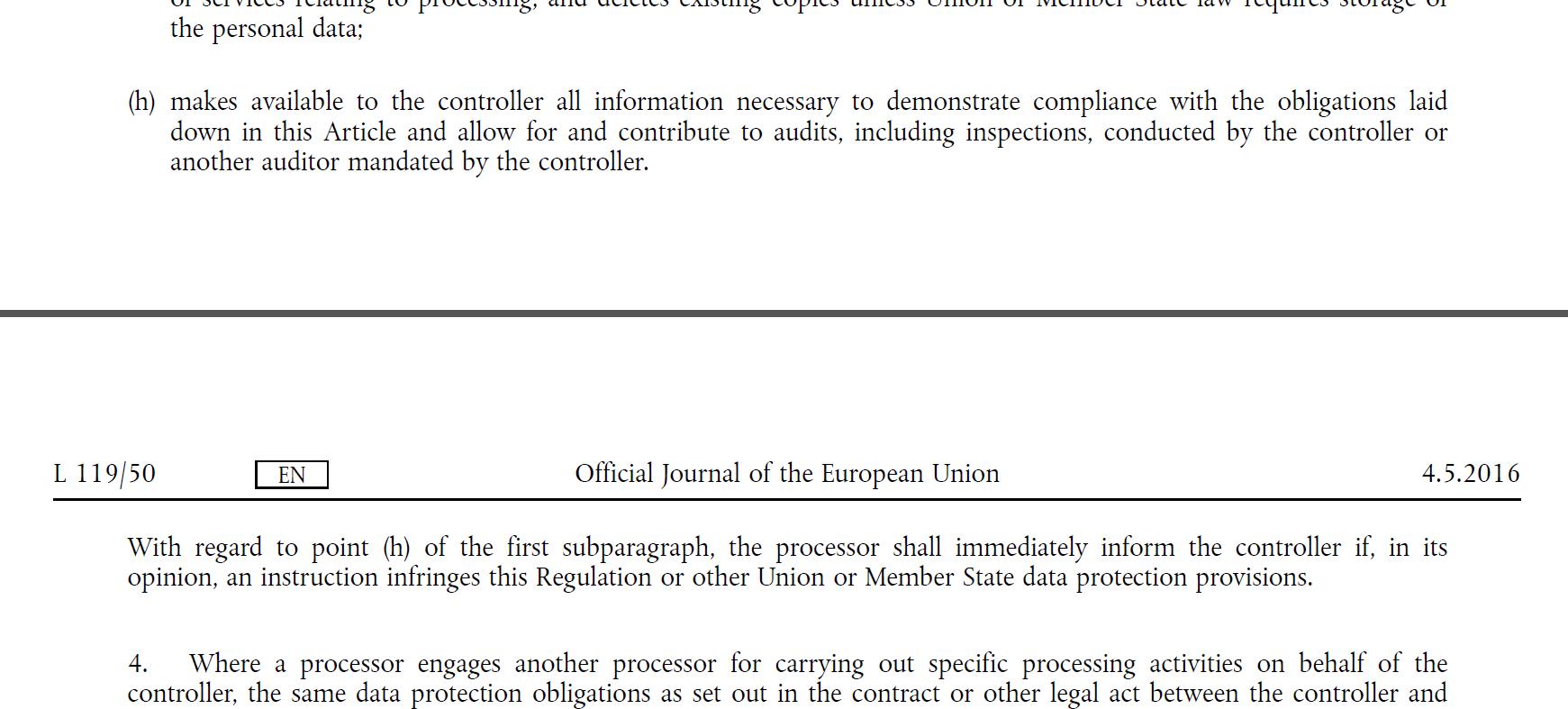Industry 4.0
The Fourth Industrial Revolution is the term coined by Klaus Schwab, the founder and executive chairman of the World Economic Forum, to describe the fourth major industrial era since the first industrial revolution which took place in Europe and America in the 18th and 19th centuries. Industry 4.0 comprises a collection of transformative technologies, what Schwab refers to as “emerging technology breakthroughs,” such as automation, artificial intelligence, the Internet of Things, digitalisation, use of composite materials, autonomous vehicles, quantum computing and nanotechnology with industrial/commercial applications.
Although not a new technology, many commentators would include additive manufacturing (AM) in the list of transformative technologies making up Industry 4.0. Until relatively recently, however, AM’s adoption was largely confined to development of prototypes with industrial uses rather than full scale manufacturing. This started to change with the expiration of certain key patents around a decade or so ago, to the point that today – although still in its infancy – AM has reached an inflection point as lower costs and technical advances have put it in reach of a greater number of businesses and consumers.
Taking a Closer Look at Additive Manufacturing
AM describes a number of individual processes covering various methods of layer manufacturing. AM is often referred to as 3D printing. Strictly speaking, however, 3D printing is one of several AM processes. Loughborough University’s Additive Manufacturing Research Group (AMRG), one of the world’s leading AM research and development centres, describes seven categories of AM, consistent with the catogorisation used in the applicable ISO international standard, as follows:
- Vat Polymerisation – uses a vat of liquid photopolymer resin out of which the model is constructed layer by layer;
- Material Jetting – creates objects in a similar method to a two dimensional ink jet printer, whereby material is jetted onto a build platform using a continuous or drop-on-demand approach;
- Binder Jetting – a process which uses a powder based build material and a binder (usually in liquid form). The machine’s print head moves horizontally along the X and Y axes of the machine to deposit alternating layers of the build material and the binding material;
- Material Extrusion – with this technology, material is drawn through a nozzle where it is heated and then deposited layer by layer. The nozzle moves horizontally whilst a platform moves up and down vertically after each new layer is deposited;
- Powder Bed Fusion – comprises various printing techniques, such as direct metal laser sintering or electron beam melting, where a laser or electron beam is used to melt and fuse material powder together;
- Sheet Lamination – a process which uses sheets or ribbons of metal bound together using ultrasonic welding, or layers of paper bonded by adhesive – the required shape is cut from the layer by laser or knife; and
- Directed Energy Deposition – a range of printing processes, such as laser engineered net shaping and 3D laser cladding, which are commonly used to repair or add additional material to existing components.
Whilst individual processes differ depending on the material and machine technology used, the essence of AM is that a digital 3D design file – or blueprint – is used to create physical three-dimensional objects by incrementally adding successive layers of material. The blueprint may be made with CAD (Computer Aided Design) software or with an App where the user simply scans a real-life object with a smartphone’s camera. Common materials used include plastics, rubber, metals, alloys, polymers and ceramics.
Use Cases and Adoption Benefits
AM is already being used across a wide range of manufacturing and other industries including aerospace, defence, design, fashion, health, medicine, and electronics. Industrial AM applications include visual aids, presentation models, prototypes, patterns (e.g. for prototype tooling or metal castings), tooling components and functional parts, as well as food manufacturing and a range of medical uses such as surgical reconstruction and dental repair.
And with basic home printing machines available for less than £500, AM also offers potential for e-commerce as an alternative to home delivery. The concept of ‘Printing as a Service’ is also emerging where CAD files can be send online to a company which print and ships the printed object back to the customer, often in under 24 hours.
The adoption of AM can yield significant benefits such as the ability to innovate with design and to quickly revise products. It can also save energy costs and deliver reduced waste pollution. In the spare parts supply chain, AM can result in better manufacturing of spare parts, reduction of inventory and improved lead times, whilst in the field of asset lifecycle maintenance, it can prolong the asset lifecycle through the improved design of products or parts, and by eliminating manufacturing steps, lowering tooling costs and simplifying the maintenance processes.
The Wohlers Report 2015 estimates that the market for AM systems, materials, supplies and services was worth some $7.3 billion in 2016, with the largest contributors being consumer electronics and automotive industries with 20% each.
So, what are the Legal Issues?
AM use brings with it some complex issues and challenges from a legal perspective, whether the technology is used in a commercial or a personal capacity. These will differ from jurisdiction to jurisdiction.
Protection and Infringement of Intellectual Property Rights
For AM adopters, concerns about infringement of a third party’s intellectual property (IP) e.g. in designs and blueprints and related manufacturing processes, is a key issue. In this context, the IP rights which may be infringed include copyright, patents, design rights and registered designs, as well trade marks, including rights in names and brands, whether or not registered. Such IP rights may exist in relation to CAD data (i.e. as technical drawing, software), materials, printer and printing processes.
As an example, when existing objects or designs are redesigned for manufacturing through AM (e.g. where a company maintains existing assets by means of 3D printed tooling and spare parts) this may constitute a breach of a third party’s copyright or design rights in the original objects or designs. Whilst there are some exceptions to infringement, such as reasonable repair of a purchased item through the creation of spare parts as well as exceptions for personal, non-commercial use, these are often complex and may not apply to the proposed use case. The bottom line is to work with counsel to ensure that AM processes are fit for purpose and comply within the legal framework.
For IP holders, since AM can be used as an enabler of IP piracy, new techniques to counter infringement are needed. Compared with traditional manufacturing, where the copying of a design can often be readily traced to a source because the infringer requires an infrastructure for fabrication, a marketing platform for sales etc., the AM environment requires no such infrastructure or platform making piracy harder to trace.
Product Liability and Safety
In the UK, there are a number of laws and regulations applicable to the manufacturing, distribution and sale of products. The General Product Safety Regulations 2005 (SI 1803/2005)) make it a criminal offence to place an unsafe product on the market. Sale of goods contracts with consumers are governed by the Consumer Rights Act 2015 or the Sale of Goods Act 1979, and Other jurisdictions will no doubt have equivalent or similar laws and regulations applicable to product manufacturers and distributors.
Liability for defective or dangerous products can also arise in tort since product manufacturers owe a duty of care to end users. There may also be sector or product-specific regulations, such as the Good Manufacturing Practice (GMP) system which applies to pharmaceutical ingredients and products.
Manufacturing Rules and Regulations
A web of European and local laws and regulations applies to the manufacture of goods including, in the case of AM, potentially the Machinery Directive (2006/4 2/EC), or, alternatively, the Low Voltage Directive (2014/35/EU). There are also sector-specific Directives and Regulations, and a wide range of potentially applicable standards and regulations. These often depend on usage such as IEC 60601 -1 which applies to medical electrical equipment, and IEC 60335-2- 64 which applies to kitchen machines.
Product labelling rules may also be relevant. As well as general product labelling requirements (e.g. labels not be misleading), there are also special rules on product labelling which apply to the manufacture, distribution or sale of products in the precious metals, footwear and food & drink sectors, as well as children’s products.
Emerging Legal Issues
AM technology remains in its relative infancy. Legal issues are still emerging as the understanding of AM technology, and related processes, grows, and applications emerge. Other important areas to be considered include environmental liability, health and safety, availability of insurance for AM manufacturing processes, data protection and cyber-security.
Increased Adoption will lead to more Regulation?
The European Commission, which adopted a Digitising European Industry (DEI) initiative sees AM as one of the pillars which will be used to strengthen the EU’s industrial sector. There are already a number of European AM initiatives. Under the Horizon 2020 initiative, Project “BARBARA” (Biopolymers with advanced functionalities for building and automotive parts processed through additive manufacturing) – a research project for the creation of 3D printable car and construction feedstock. There is also Factories of the Future, a public-private partnership which aim to achieve collaboration between stakeholders such as the Additive Manufacturing Platform and the ManuFuture European Technology Platform.
A September 2016 report for the EC by IDEA Consult, VTT Technical Research Centre of Finland and the Austrian Institute of Technology, described a fragmented European AM landscape facing strong competition from global players and mainly from the US and Japan and called for an EU strategy for AM, and called for a streamlining of standardization and certification efforts to be made in the context of different AM value chains.
It does seem seems inevitable, therefore, given the current interest in AM, the current legal and regulatory framework will, at some point, come under scrutiny of the law and standards makers such as the European Committee for Standardization.
 Outsourcing service providers have long been in the practice of bringing highly skilled employees from India and other locations to work with local businesses within the United States. Outsourcers such as Wipro, TCS and Infosys are some the largest petitioners of H-1B visas, the high-skilled work visa favored by the tech industry. In order to bring the most value to customers, service providers largely rely on getting work visas for Indian tech workers so they can consult with U.S. businesses.
Outsourcing service providers have long been in the practice of bringing highly skilled employees from India and other locations to work with local businesses within the United States. Outsourcers such as Wipro, TCS and Infosys are some the largest petitioners of H-1B visas, the high-skilled work visa favored by the tech industry. In order to bring the most value to customers, service providers largely rely on getting work visas for Indian tech workers so they can consult with U.S. businesses. Sourcing Speak
Sourcing Speak



